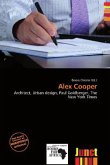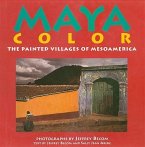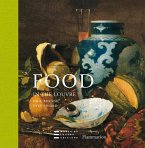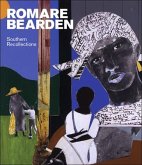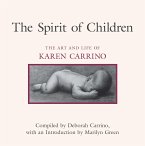Alex Colville was a Canadian war artist during World War II -- and one of three painters admitted to the Bergen-Belsen concentration camp as it was being liberated. To express the unimaginable chaos, Colville sought order, which he found in an artistic style defined as "magic realism." In the shadow of September 11, and in the ongoing conflicts in the Middle East, Colville's art resonates with a renewed urgency and potency. His work contains complexly coded images that help bring order, coherence, and closure to the disorder and chaos of trauma. Beginning with Embarkation (1994), "Alex Colville: Return" showcases his paintings and prints from the last 10 years. More than a stunning collection of work by one of Canada's premier artists, the book suggests that the creative process is a personal mode of witnessing and a powerful tool for healing.


